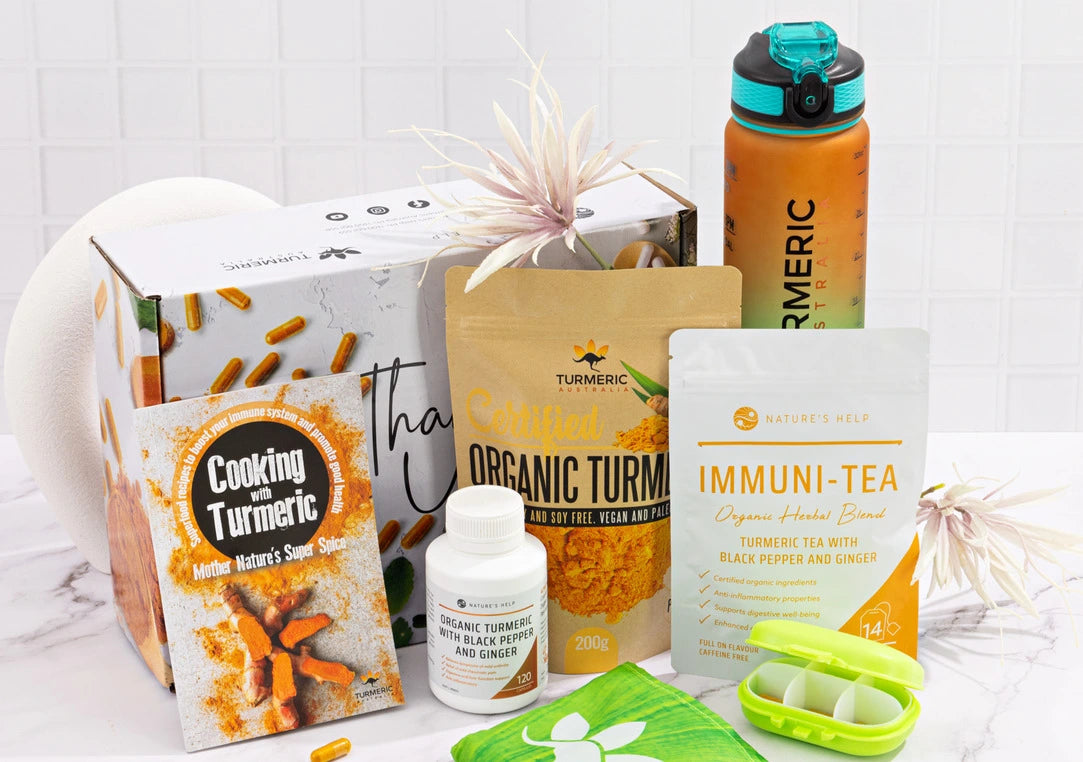Social Distancing & Self-Isolation
We, humans, are social beings; we share mirror neurons that allow us to match each other’s emotions unconsciously; This is important to know if you have found yourself feeling more nervous or anxious recently. With the world gripped by the most significant global pandemic since the Spanish Flu in 1918, there is an unnerving undercurrent of panic running through society.
Add that to the social distancing and self-isolation restrictions the government are enforcing, and it’s no wonder we’re all feeling a little overwhelmed at the moment.
Because of this, the Nature’s Help team have put together a series of blogs that highlight how and why we should self-isolate and practice social distancing, how we can stay healthy both physically and mentally during this time and how we can use this time productively.
Today we’re talking about social distancing and self-isolation.

What is it?
Strict rules have been placed on people’s movement to limit the spread of Coronavirus. Under these restrictions, everybody should be staying at home and only leaving for these reasons:
- Travel to or from work, but only where this is absolutely necessary (essential workers)
- Medical needs, or to provide care for a vulnerable person
- Shopping for basic necessities, although this should be done as little as possible
- To exercise – either alone, or with members of your household
If you have to go outside, you need to stay more than 2m (6ft) from others – This is what’s known as social distancing.

Why is it necessary?
Social distancing and self-isolation is essential to;
-
Reduce the spread of Coronavirus
The virus can be spread when an infected person coughs or sneezes expelling viral droplets into the air. These can be breathed in or can cause an infection if someone touches a surface they have landed on, and then touches their face with unwashed hands.
People can be carriers of the virus even if they don’t present with symptoms.
(There are many online government resources available if you or someone you know may have contracted the virus, such as the Online Symptom Checker)
-
Relieve pressure on our health system and personnel
Our hospitals and health care professionals are doing their best to manage the extra stress the virus is putting on our health industry.
Luckily, we have an extensive health capability in Australia with around 94,000 hospital beds (61,000 in public hospitals), including 2,200 ICU beds. We also have about 800,000 people working in health services, including 350,000 nurses and 90,000 doctors.
But health personnel are already stretched undertaking contact tracing to understand how the infection is spreading, data collection and analysis, and implementing enhanced infection control procedures. Similarly, the laboratory system is being challenged by increased testing rates and primary care services are likely to be stretched by responding to considerable community concern.
By practising social distancing and self-isolation, we can directly slow the spread of the virus, thus supporting our health care professionals.
-
Protecting vulnerable people in our community – This is what’s known as shielding.
The most vulnerable group includes:
- Certain types of cancer patients
- Organ transplant patients
- People with certain genetic diseases
- People with serious respiratory conditions such as cystic fibrosis and severe chronic bronchitis
- People receiving specific drug treatments which suppress the immune system
- Pregnant women
- Our senior citizens (people over 65)

Coping with Social Distancing & Self-Isolation.
Understandably, you may find that social distancing and self-isolation can be tedious or frustrating. You may find your mood and feelings are affected, and you may feel low, worried or have problems sleeping, and you might miss being outside with other people.
At times like these, it can be easy to fall into unhealthy patterns of behaviour which in turn can make you feel worse. There are simple things you can do that may help, to stay mentally and physically active during this time, such as:
-
Stay Connected
Now is a perfect time to spend some quality time with the people who live in your house. Whether it’s your partner, children or flatmate/s, check in with them, talk openly about what’s happening and how you’re all feeling. Make it fun – play board games, tackle a project together, find a new group hobby.
Luckily if you live alone, we live in an age of technology the allows us to stay connected to friends and family no matter where in the world they are. Setting up group chats or video calls is a great way to stay connected.
-
Hobbies & Projects
Is there something laying around the house you’ve been meaning to get to? A hobby that you haven’t had any time for? Something new you want to learn or try?
Well now is the perfect time to tackle all of these things.
-
Fresh Air & Sunshine
If you’re lucky enough to live somewhere that you have a yard or balcony, spend some time out there in the fresh air. Bask in the sunshine and let your body absorb lots of natural Vitamin D. Open a window or a door and let the breeze flow into your home.
-
Exercise
One of the best ways to help combat feelings of helplessness and anxiety is to exercise. Getting your body moving doesn’t have to mean push-ups, squats or running. It can mean dancing or walking or stretching. Getting your blood pumping increases your oxygen intake, which in turn releases endorphins (the feel-good hormones).
-
Healthy Eating
You might find yourself snacking more often and craving those not so healthy snacks you have stashed in the back of the pantry. Eating healthy not only helps you feel better; it can also help boost your immune system, which is essential at the moment.


